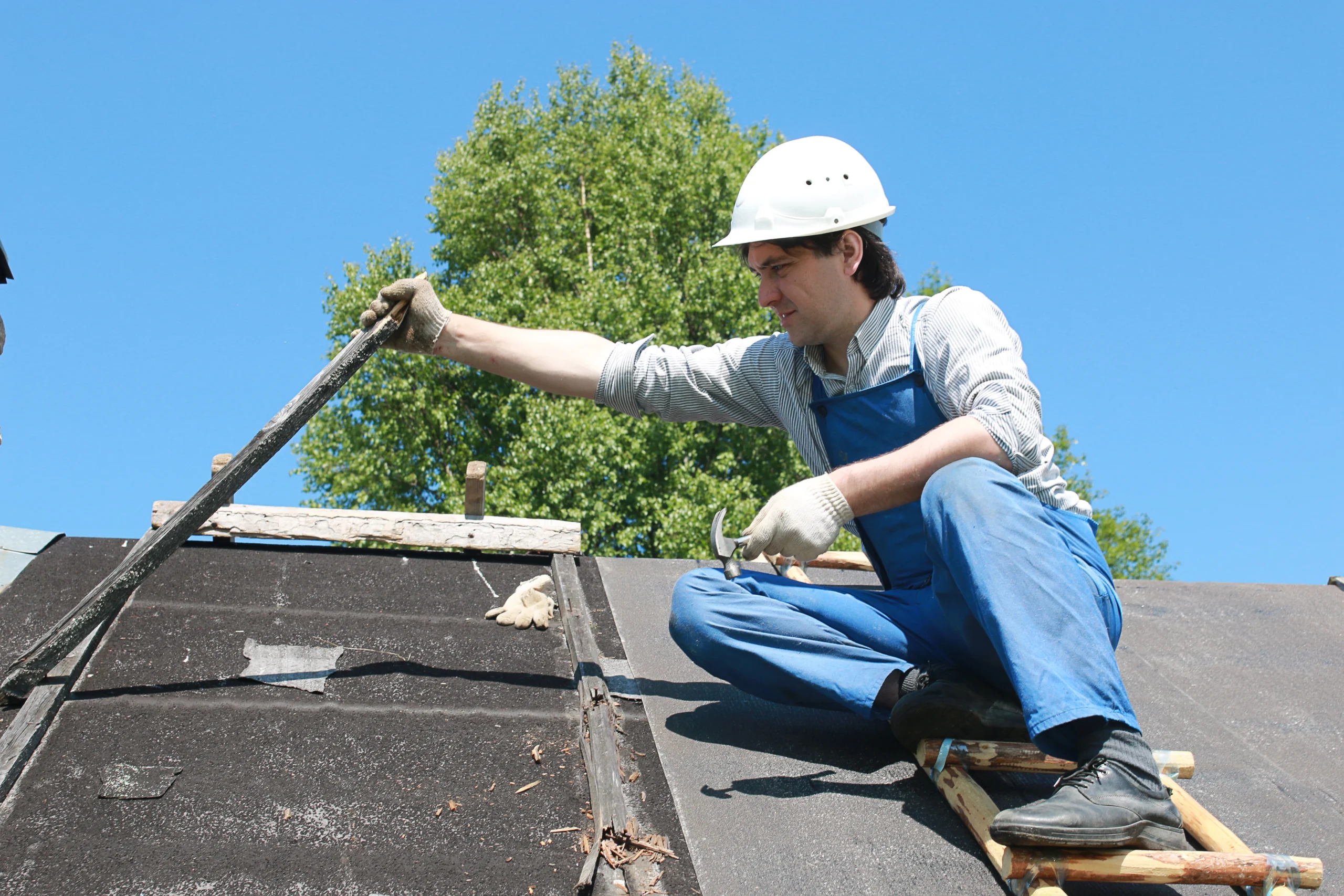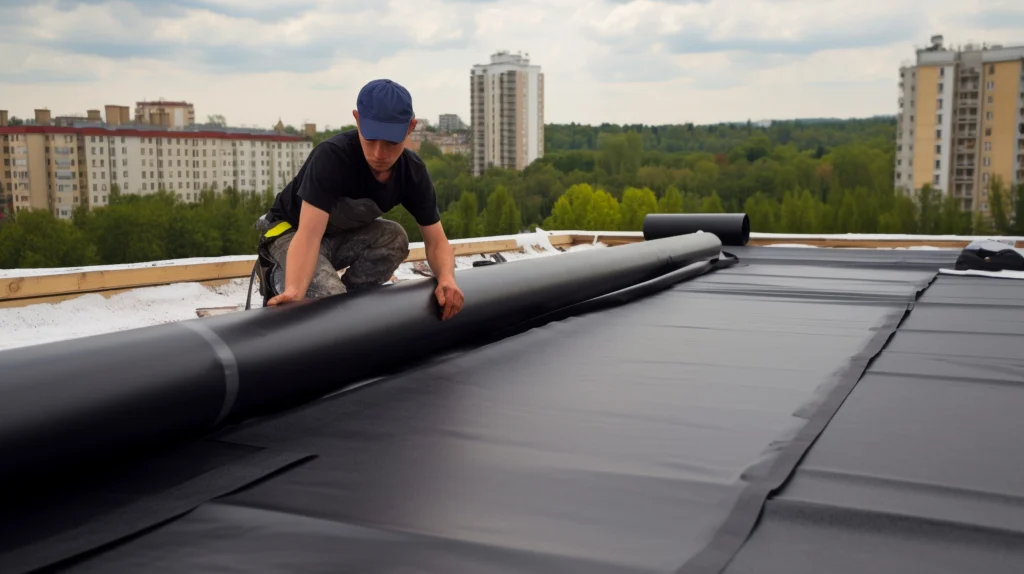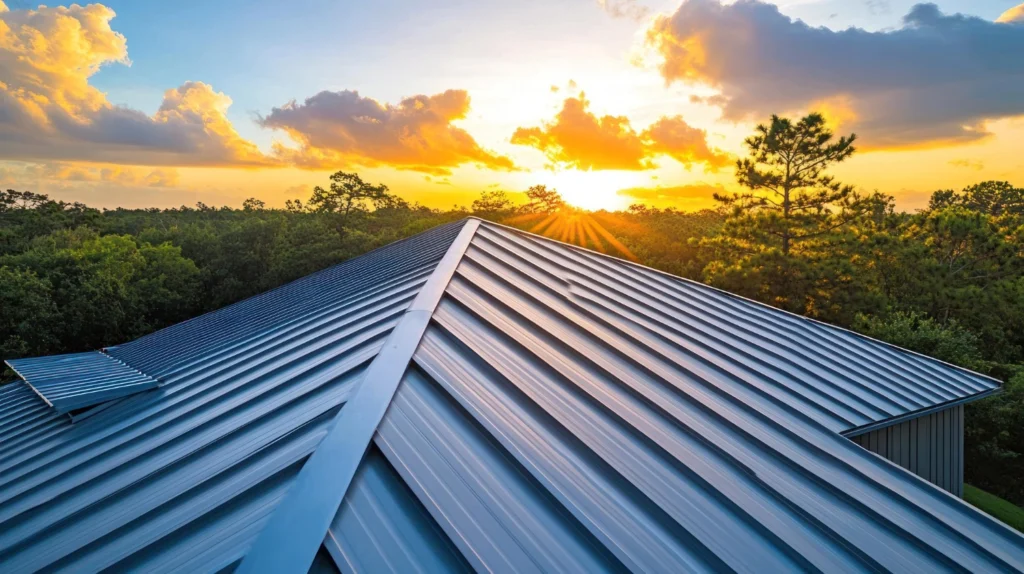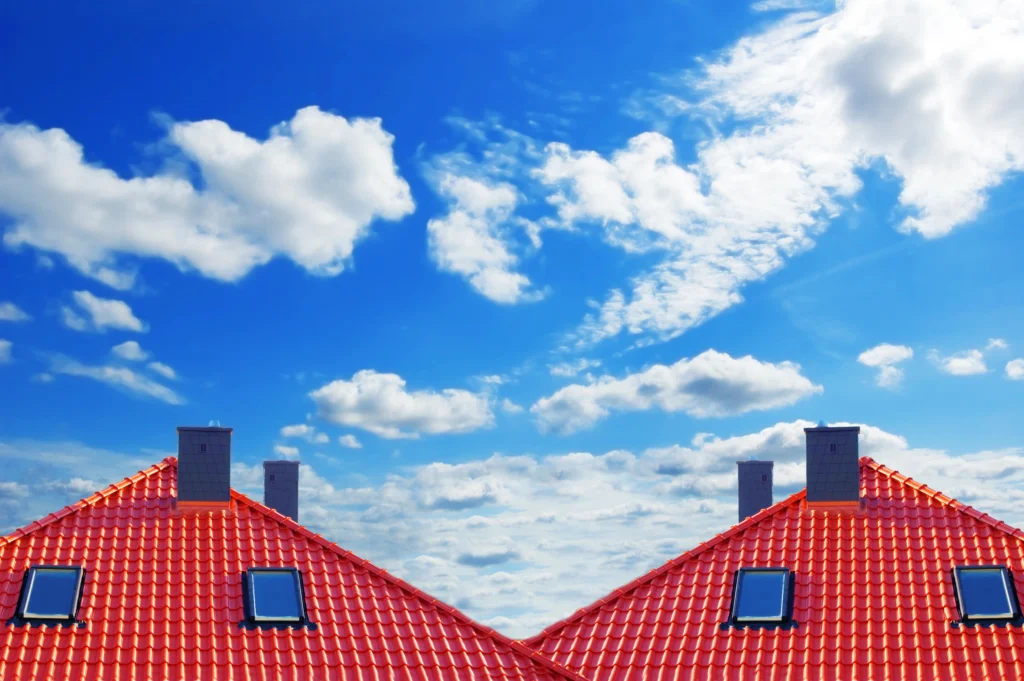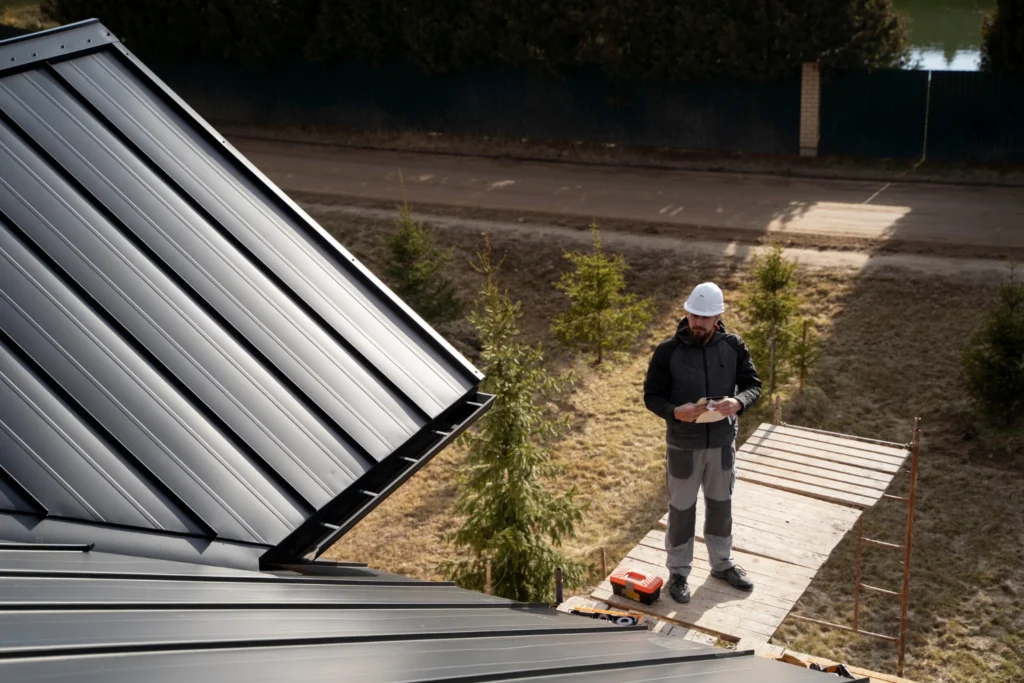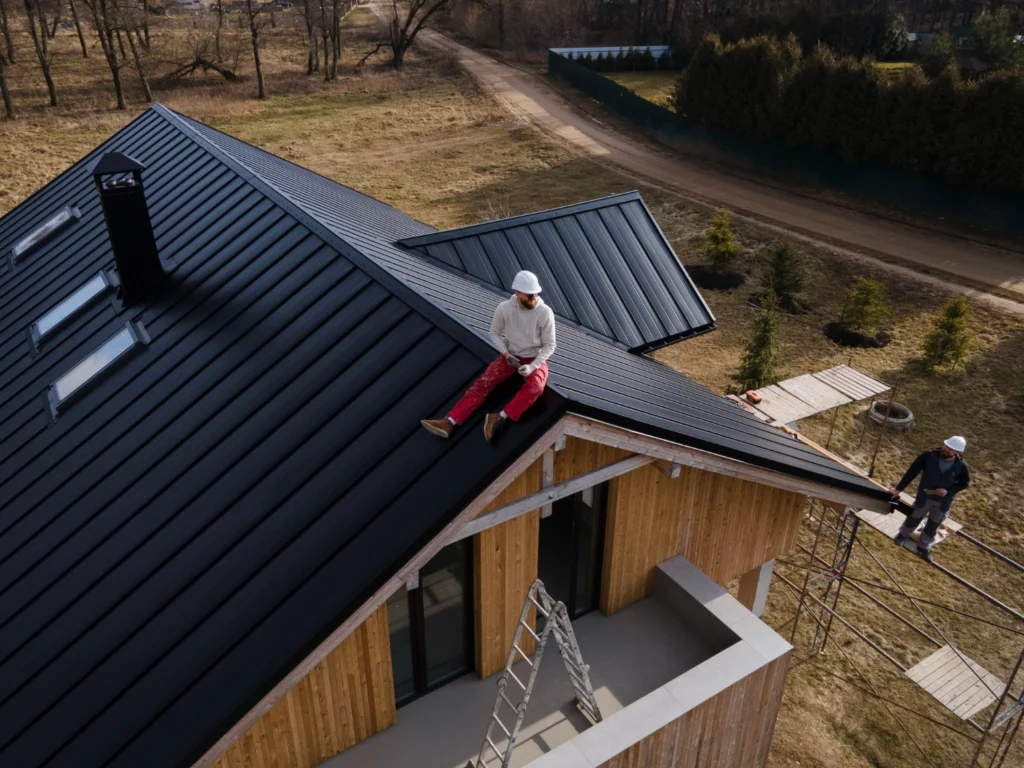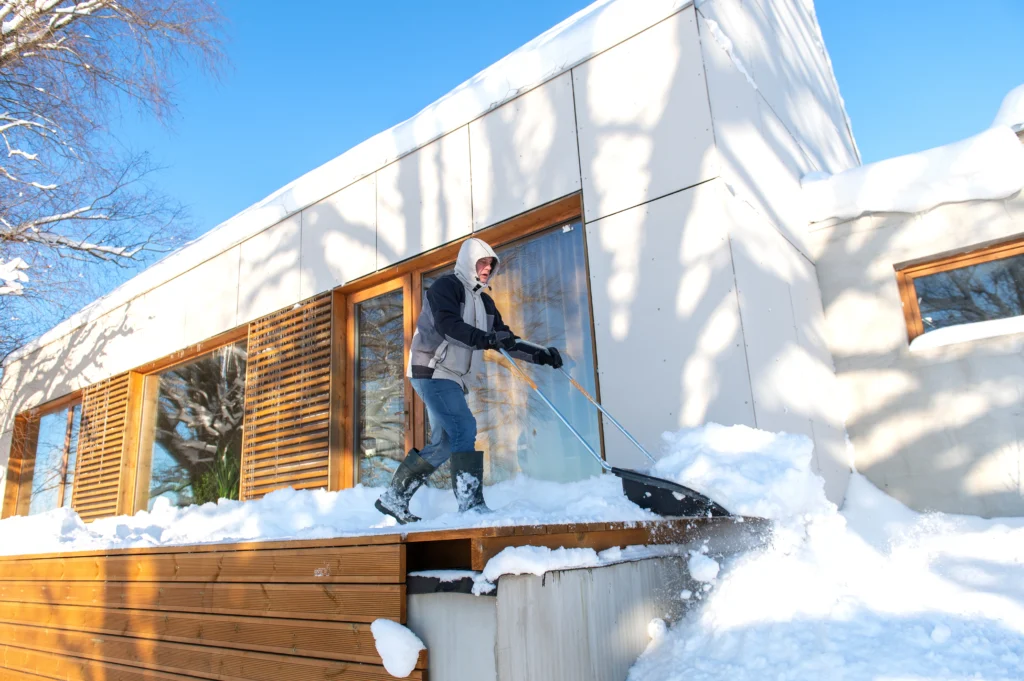Rubber Roofing Shingles: Durable, Eco-Friendly, and Impact-Resistant Roofing for Modern Homes
Rubber roofing shingles are quickly becoming a favorite choice for homeowners seeking durable, sustainable, and versatile roofing solutions. With their impressive impact resistance and eco-friendly credentials, these shingles offer a modern approach to long-standing home protection challenges. Read on to uncover how rubber roofing shingles can transform your roofing experience.
What Is Rubber Roofing?
Rubber roofing is a highly durable roofing option made from recycled rubbers, such as tires or other synthetic rubber materials. It is primarily designed for longevity, weather resistance, and eco-conscious homeowners. Rubber shingles mimic the appearance of traditional roofing materials like asphalt, slate, or wood while offering modern benefits.
History and Development of Rubber Shingles
Rubber roofing shingles emerged in response to the growing need for sustainable building materials. Initially used for commercial roofs, these shingles have evolved to suit residential applications as well. Their ability to repurpose waste materials while delivering exceptional performance has made them a standout choice in the roofing market.
The Making of Class 4 Rubber Roofing Shingles
What is a Class 4 Rating?
The Class 4 rating is the highest certification for impact resistance a roofing material can receive. It indicates that shingles can withstand severe weather conditions, including hail the size of golf balls, without cracking or breaking.
Manufacturing Process of Rubber Shingles
Rubber shingles are created through a meticulous process where recycled rubber materials are cleaned, processed, and molded into shingle designs. They are engineered to mimic the look of more traditional materials like slate or wood while incorporating added protection against the elements.
Testing for Impact Resistance
To achieve a Class 4 impact rating, rubber roofing shingles undergo rigorous testing. They are subjected to high-velocity impacts using steel balls to simulate hailstorms. Only shingles that exhibit zero signs of cracking or splitting during these tests earn the Class 4 certification.
Class 4 Rating Rubber Shingles Explained
Importance of Class 4 for Insurance and Durability
Class 4-rated rubber shingles can lower homeowners’ insurance premiums in hail-prone areas. Their unmatched durability ensures protection against extreme weather conditions, providing long-term peace of mind.
Comparison to Other Roofing Materials
Compared to asphalt shingles or wood shakes, rubber shingles have higher resistance to impact, fire, and mold. Additionally, their ability to mimic high-end materials such as slate makes them a cost-effective yet luxurious alternative.
Benefits of Rubber Roofing Shingles
Durability and Weather Resistance
Rubber shingles are robust and can last for 30-50 years. With a water-resistant surface and resistance to cracking, they stand strong against rain, snow, and extreme heat.
Eco-Friendly and Sustainable Technology
Made from recycled materials, rubber roofing shingles reduce landfill waste and contribute to environmental sustainability. Their longevity further minimizes replacement needs, making them an environmentally conscious choice.
installation: Lightweight and Easy to install
Rubber shingles are significantly lighter than materials like slate or clay, making installation quicker. Their flexibility also allows them to adapt to various roofing structures.
Fire, Mold, and UV Resistance
These shingles are naturally resistant to fire, mold growth, and UV rays, ensuring minimal maintenance and long-lasting protection against common roofing wear and tear.
Pros and Cons of Rubber Roofing
Pros
- Impact Resistance: The Class 4 impact rating provides confidence in severe weather.
- Longevity: With a lifespan of up to 50 years, rubber roofing is built to last.
- Recyclable Materials: These shingles are made from and can be recycled, enhancing their eco-friendly nature.
- Noise Reduction: Rubber absorbs sound, minimizing noise from rain or hailstorms.
Cons
- Initial Cost: Rubber shingles can have a higher upfront cost compared to materials like asphalt.
- Limited Contractor Experience: Finding experienced contractors for rubber roofing installation can be challenging in some regions.
- Aesthetic Limitations: Traditional roofing aesthetics enthusiasts may find fewer style and texture options in certain markets.
Rubber Roofing Rich Textures and Natural Appeal
Available Styles and Finishes
Rubber roofing shingles come in various textures and finishes that replicate high-end materials like wood, slate, or clay tiles. These options make it easy to achieve a sophisticated look without compromising on durability.
Imitating Slate Wood or Clay
Rubber shingles mimic the rich textures of natural materials but come with added benefits such as lighter weight, improved impact resistance, and reduced maintenance. You can enjoy premium aesthetics at a fraction of the cost.
Colonial Slate Roof Shingles: A Stylish Rubber Alternative
Visual Benefits of Colonial Slate Designs
Colonial slate rubber shingles offer a timeless design while being lightweight and cost-effective. They add sophistication and charm to homes while maintaining the functional advantages of rubber roofing.
Repurposed Slate Roof Tiles vs. Rubber Slate
While natural slate offers unmatched elegance, rubber slate shingles provide a practical and eco-friendly alternative. They deliver comparable aesthetics but are easier to install, cost less, and reduce environmental impact.
Final Thoughts: Choosing the Right Rubber Roofing
Rubber roofing shingles are a game-changer for modern homes, offering incredible durability, environmental benefits, and the ability to replicate luxurious materials. While the initial cost may be higher, the long-term savings and peace of mind they provide are unmatched.
If you’re considering upgrading your roof with rubber shingles, partnering with an experienced professional contractor is key. Contact Miller’s Roofing today to learn more or schedule a free consultation. With decades of expertise, Miller’s Roofing ensures your roof will be as reliable as it is beautiful

